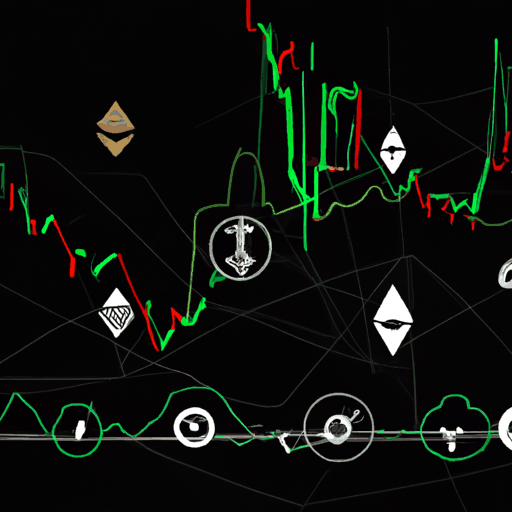
Bitcoin Surges as Federal Reserve Signals Policy Changes
By: Eliza Bennet
Bitcoin (BTC) has reclaimed the $85,000 benchmark, reacting to signals from the Federal Open Market Committee (FOMC) about potential monetary policy shifts. Following the FOMC's indication of prospective 50 basis-point interest rate cuts in 2025, Bitcoin's price demonstrated resilience and rose significantly. Additionally, the Federal Reserve plans to slow down quantitative tightening (QT) by adjusting its balance sheet runoff strategy, effective April 1. This development has positively impacted financial markets globally, boosting Bitcoin's price from around $84,235 to nearly $86,000 before stabilizing at approximately $85,363.
While Bitcoin enjoyed a substantial increase, other cryptocurrencies reacted more cautiously. Ethereum (ETH) experienced a slight 0.6% rise, landing at $2,039.11, while Cardano (ADA) gained only 0.5%. Notably, Solana (SOL) trended upwards, crossing the $130 mark.
Federal Reserve Chairman Jerome Powell emphasized that the policy adjustment should not be perceived as a broad shift but rather a measure to maintain market stability. Reflecting a cautious approach, the FOMC's latest projections anticipate a gradual interest rate curve, predicting the rates to be around 3.9% by 2025 year-end. Inflation concerns remain prevalent, with several policymakers adjusting their views on the economic outlook over the coming years, including a slight increase in the projected unemployment rate and revised GDP growth figures.
In the broader context, analysts forecast that Bitcoin could climb above $90,000 amid easing inflationary concerns. Despite the recent months of sluggish performance, this potential price increase reflects optimism based on the current federal strategy. The cryptocurrency market remains closely attuned to FOMC announcements, as these policy cues often influence investor sentiment and Bitcoin's trajectory in the short to medium term.



